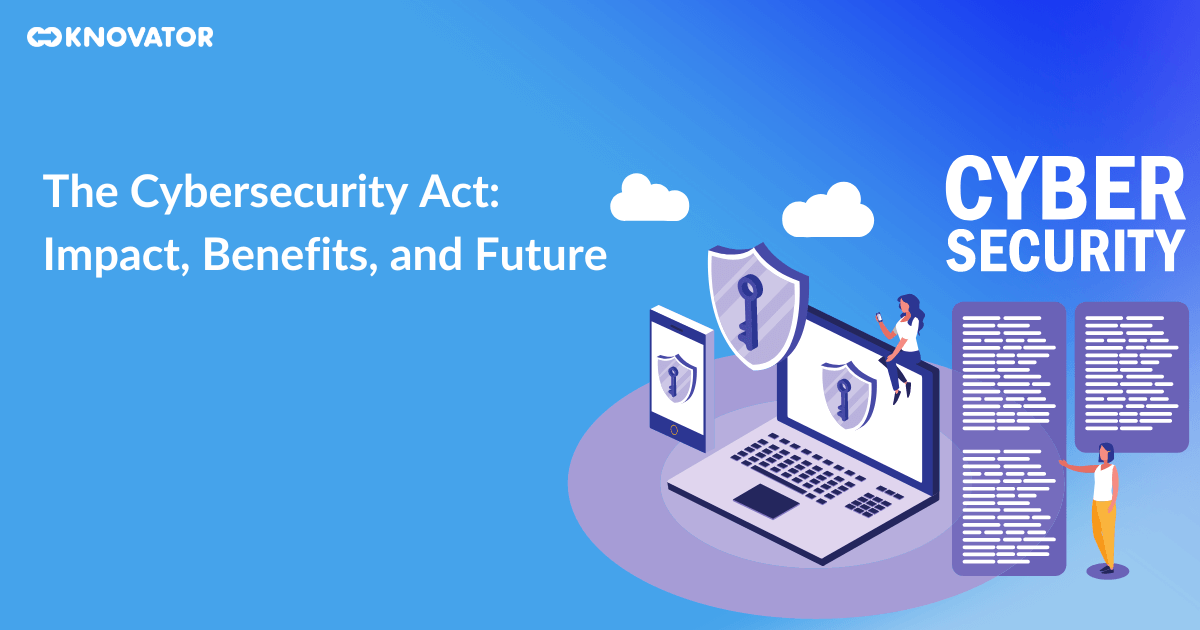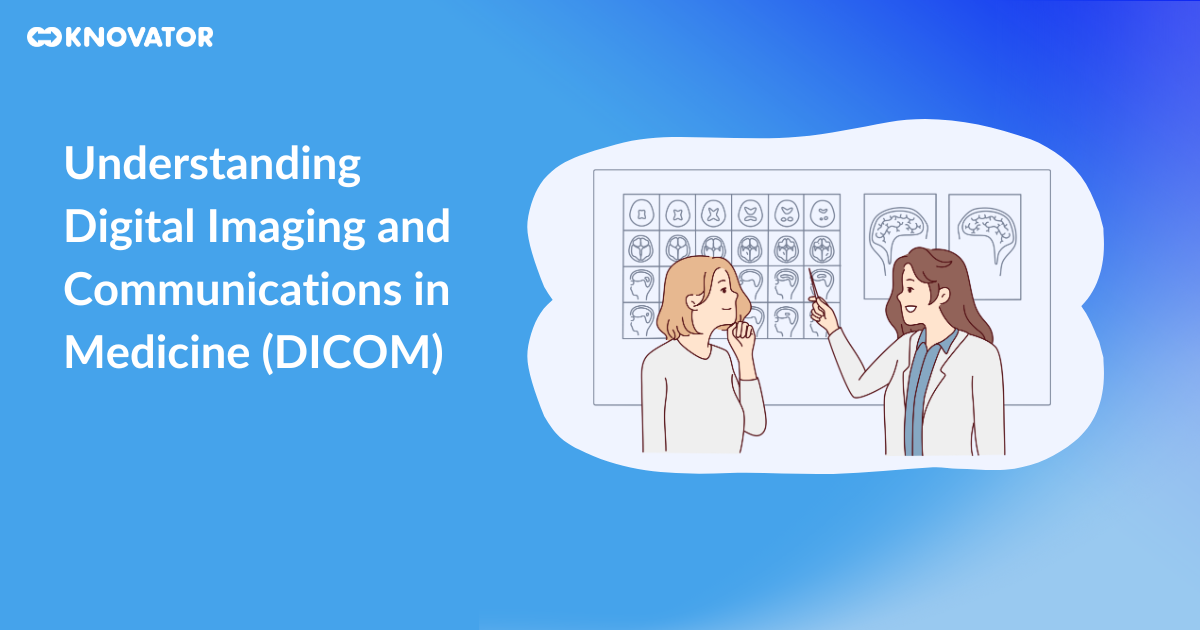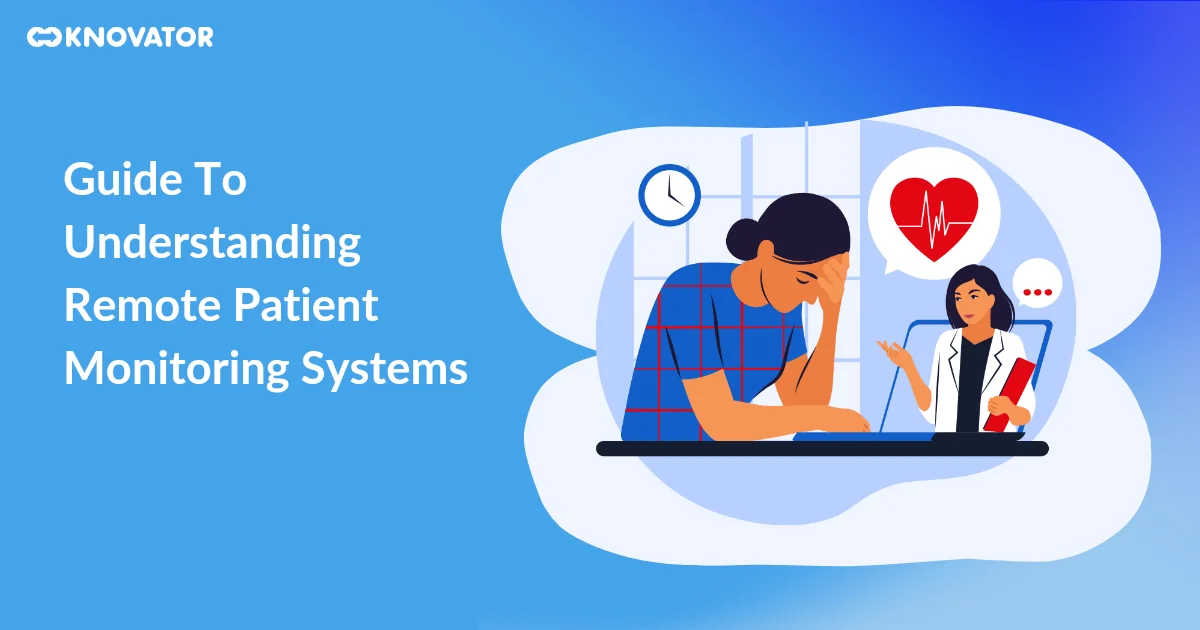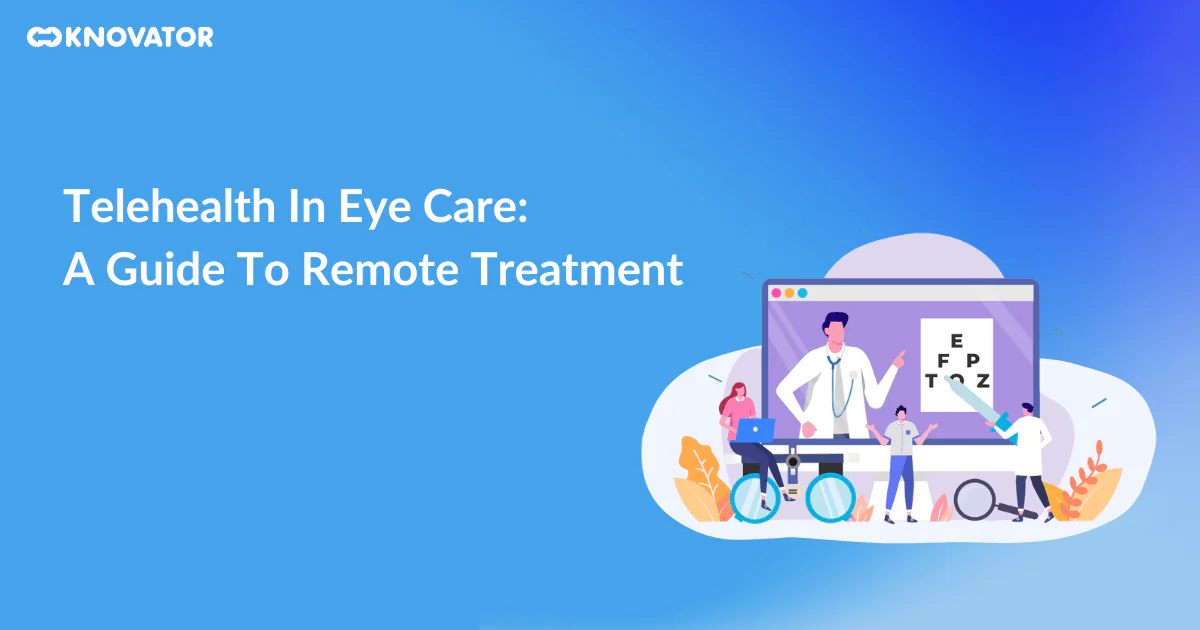Today, we’re exploring the Cybersecurity Act, a pivotal legislation designed to fortify our digital defenses. Let’s dive into its purpose, provisions, and the profound impact on our digital world.
Understanding the Cybersecurity Act
The Cybersecurity Act, in its various forms and iterations, is a comprehensive legislative response to the ever-growing threats in the digital landscape. It’s a testament to the recognition of the importance of cybersecurity in our increasingly interconnected world. From the Cybersecurity Act of 2012 to the recent Strengthening American Cybersecurity Act of 2022, these laws aim to enhance our nation’s cyber defenses and protect the digital infrastructure that our society heavily relies upon.
But what exactly does the Cybersecurity Act entail? At its core, it establishes guidelines and requirements for businesses, government agencies, and individuals to protect their digital assets. It covers a broad spectrum, from data protection and privacy to incident response and risk management. The Act provides a legal framework for cybersecurity, setting out the responsibilities of various stakeholders and the penalties for non-compliance.
For instance, the IoT Cybersecurity Improvement Act focuses on securing the Internet of Things devices. As our world becomes increasingly connected, with billions of IoT devices in homes, businesses, and public spaces, the security of these devices becomes paramount. This Act mandates federal agencies only to use IoT devices that meet certain cybersecurity standards, thereby encouraging manufacturers to prioritize security in their products.
Similarly, the Healthcare Cybersecurity Act of 2022 targets the unique challenges in the healthcare sector. With the increasing digitization of health records and the use of digital technologies for healthcare, health data security has become a critical concern. This Act provides a framework for protecting health data, ensuring this sensitive information’s confidentiality, availability, and integrity.
Each version of the Act addresses specific cyber threats, reflecting the evolving nature of cyber risks. As new technologies emerge and cyber threats evolve, the Act is amended and updated to address these new challenges. This ensures that our legal framework for cybersecurity remains relevant and effective in the face of rapid technological change.
Understanding the Cybersecurity Act is crucial for anyone involved in the digital world, whether as a business owner, a government official, or an individual user. It sets the game’s rules for cybersecurity, defining what is required to protect our digital assets and what the consequences are for failing to do so. By understanding the Act, we can better navigate the digital landscape, ensuring we take the necessary steps to protect our digital assets and comply with the law.
In the next section, we’ll delve into the impact of the Cybersecurity Act, exploring how it affects various sectors and what it means for businesses, government agencies, and individuals. Stay tuned!
Impact of the Cybersecurity Act
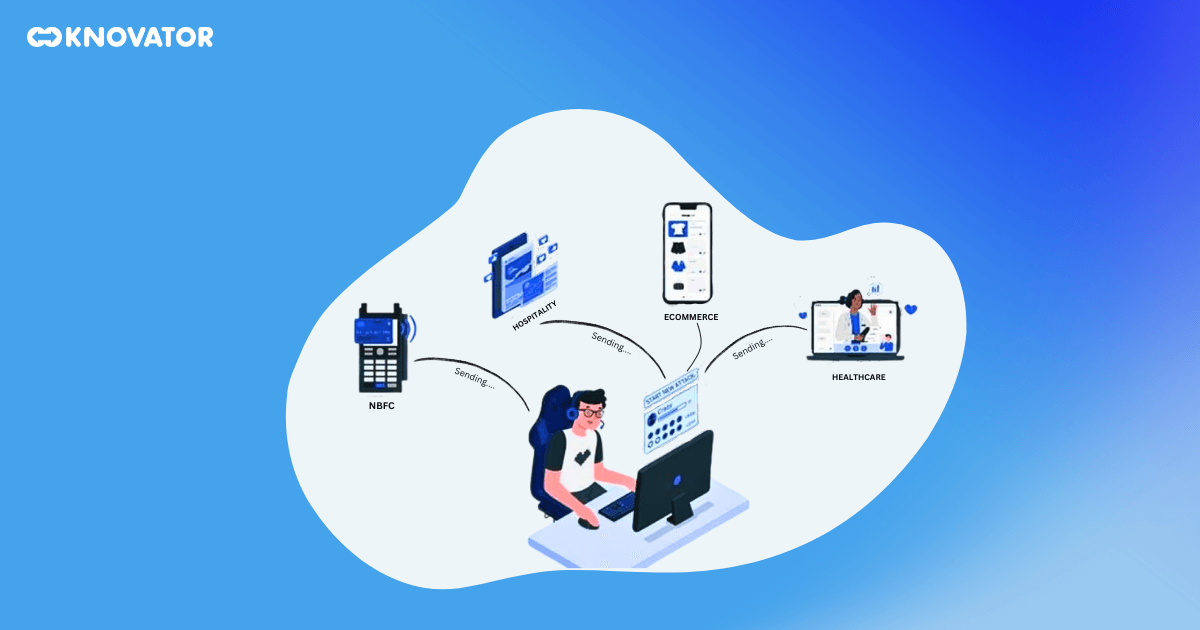 The Cybersecurity Act has a profound impact, touching virtually every sector of our society. Its influence extends far beyond the confines of government agencies and large corporations, reaching into the day-to-day operations of small businesses and the personal lives of individuals. Let’s explore how the Act impacts these different sectors.
The Cybersecurity Act has a profound impact, touching virtually every sector of our society. Its influence extends far beyond the confines of government agencies and large corporations, reaching into the day-to-day operations of small businesses and the personal lives of individuals. Let’s explore how the Act impacts these different sectors.
For businesses, the Cybersecurity Act sets the standard for cybersecurity practices. It mandates businesses implement robust cybersecurity measures to protect their data and systems. This includes conducting regular risk assessments, implementing appropriate security controls, and establishing incident response plans. The Act also requires businesses to report significant cyber incidents, ensuring transparency and accountability.
The impact on businesses is twofold. On the one hand, compliance with the Act can be a significant undertaking, particularly for small businesses. It requires resources, expertise, and a commitment to ongoing cybersecurity efforts. On the other hand, compliance with the Act can also bring benefits. It can enhance a business’s reputation, build customer trust, and protect the business from the potentially devastating consequences of a cyber attack.
For government agencies, the Cybersecurity Act provides a clear framework for cybersecurity. It mandates that agencies implement robust information security programs, protecting the vast amount of sensitive data they handle. This includes everything from citizens’ personal information to classified national security data. The Act helps agencies navigate the complex cybersecurity landscape, providing guidelines, standards, and best practices.
For individuals, the Cybersecurity Act protects their data and privacy. It mandates that businesses and government agencies take steps to protect personal data, giving individuals peace of mind when using digital services. The Act also provides recourse for individuals in the event of a data breach, ensuring that they are notified of the violation and provided with support to mitigate the impact.
In essence, the Cybersecurity Act sets the stage for how we approach cybersecurity in our society. It establishes the rules and expectations for cybersecurity practices, influencing how businesses operate, how government agencies secure their data, and how individuals protect their personal information. In the next section, we’ll explore the benefits of the Cybersecurity Act, delving into how this legislation enhances our digital security and fosters trust in our digital systems. Stay tuned!
Benefits of the Cybersecurity Act
 The Cybersecurity Act brings a myriad of benefits to our digital society. It is a guiding beacon in the often murky waters of cybersecurity, providing a clear and comprehensive framework for protecting our digital assets. Let’s delve into some of the key benefits of this pivotal legislation.
The Cybersecurity Act brings a myriad of benefits to our digital society. It is a guiding beacon in the often murky waters of cybersecurity, providing a clear and comprehensive framework for protecting our digital assets. Let’s delve into some of the key benefits of this pivotal legislation.
First and foremost, the Cybersecurity Act enhances our digital security. Setting clear cybersecurity standards and requirements helps businesses, government agencies, and individuals protect their digital assets from cyber threats. This is crucial in our increasingly digital world, where cyber-attacks can have devastating consequences, from financial losses and business disruption to breaches of sensitive data and personal privacy.
The Act also promotes data protection and privacy. In an age where data is often referred to as the “new oil,” personal data protection has become a critical concern. The Act mandates measures to safeguard personal data, giving individuals peace of mind when using digital services. This is particularly important in sectors like healthcare and finance, where the protection of sensitive personal data is paramount.
Moreover, the Act fosters trust in digital systems. By ensuring that these systems are secure, it encourages the adoption and use of digital technologies. This is crucial to driving innovation and growth in the digital economy. For businesses, this trust can translate into customer loyalty and competitive advantage. For individuals, it means confidence in using digital services, from online shopping and banking to digital health services and social media.
The Act also provides a level playing field for businesses. Setting out clear cybersecurity requirements ensures that all businesses, no matter what size or sector, adhere to the same standards. This promotes fair competition and ensures that businesses cannot gain an unfair advantage by neglecting cybersecurity.
Lastly, the Act provides a mechanism for accountability and enforcement. It sets out non-compliance penalties, ensuring that businesses and individuals are held accountable for their cybersecurity practices. This enforcement mechanism is crucial for the effectiveness of the Act, providing a deterrent for non-compliance and recourse for those affected by cyber incidents.
In the next section, we’ll discuss how the Cybersecurity Act is implemented, exploring the roles of various stakeholders and the challenges faced during implementation. Stay tuned!
Implementation of the Cybersecurity Act
 Implementing the Cybersecurity Act is a collaborative effort that involves various stakeholders, each playing a crucial role in safeguarding our digital landscape. Everyone has a part to play in this endeavor, from businesses and government agencies to cybersecurity professionals and individuals.
Implementing the Cybersecurity Act is a collaborative effort that involves various stakeholders, each playing a crucial role in safeguarding our digital landscape. Everyone has a part to play in this endeavor, from businesses and government agencies to cybersecurity professionals and individuals.
For instance, businesses must implement robust cybersecurity measures to protect their data and systems. This involves conducting regular risk assessments to identify potential vulnerabilities, implementing appropriate security controls to mitigate these risks, and establishing incident response plans to respond effectively to cyber incidents. Businesses must also report significant cyber incidents, ensuring transparency and accountability.
Government agencies, too, are subject to the Act’s requirements. They are tasked with securing the vast amount of sensitive data they handle, from citizens’ personal information to classified national security data. The Act provides them with a clear framework for cybersecurity, outlining their responsibilities and the steps they need to take to secure their data and systems.
Cybersecurity professionals play a key role in the implementation of the Act. They provide the expertise to understand the Act’s requirements, assess cyber risks, implement security controls, and respond to cyber incidents. They are the frontline defenders in our fight against cyber threats.
Individuals also have a role to play in implementing the Act. They are responsible for protecting their data and using digital services responsibly. This includes following best practices for cybersecurity, such as using strong passwords, keeping software up to date, and being vigilant against phishing attacks.
However, implementing the Cybersecurity Act has its challenges. Cyber threats are constantly evolving, requiring continuous efforts to stay ahead. Resource constraints can also be a challenge, particularly for small businesses that may need more resources and expertise. Furthermore, the technical complexity of cybersecurity can be a barrier, requiring specialized knowledge and skills.
Despite these challenges, the implementation of the Cybersecurity Act is a crucial step toward a safer digital world. It provides a roadmap for cybersecurity, guiding our efforts to protect our digital assets and navigate the complex landscape of cyber threats. In the next section, we’ll examine the criticisms and challenges of the Cybersecurity Act, providing a balanced view of this important legislation. Stay tuned!
Challenges and Criticisms of the Cybersecurity Act
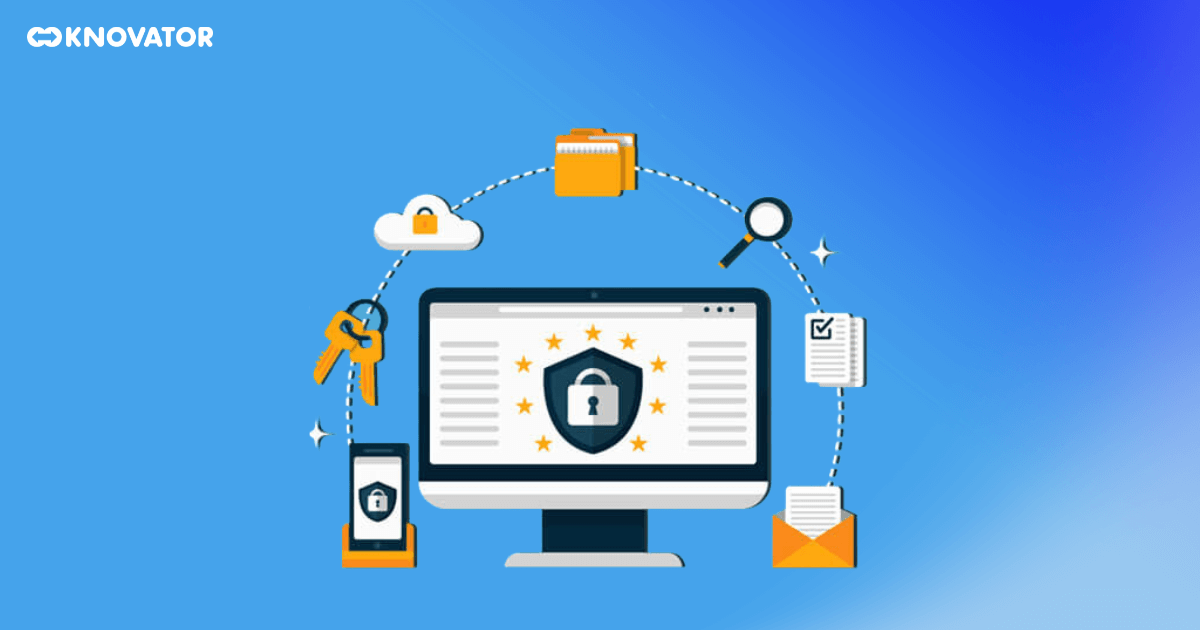 While the Cybersecurity Act is a significant step towards a safer digital landscape, it has its challenges and criticisms. It’s important to consider these perspectives to fully understand the Act’s implications and to continually improve upon its framework.
While the Cybersecurity Act is a significant step towards a safer digital landscape, it has its challenges and criticisms. It’s important to consider these perspectives to fully understand the Act’s implications and to continually improve upon its framework.
One common concern is the potential for overregulation. Some argue that the Act’s requirements may be too burdensome for small businesses, potentially stifling innovation and growth. The cost and complexity of implementing robust cybersecurity measures can be significant, particularly for small businesses with limited resources. There’s a delicate balance between ensuring adequate cybersecurity and avoiding undue business burdens.
Another challenge is the swiftly evolving nature of cyber threats. As new threats emerge, the Act must adapt accordingly requiring continuous updates and amendments. This can make compliance a moving target, adding to the complexity of implementation. It also highlights the need for flexibility in the Act, allowing adaptive responses to new and unforeseen cyber threats.
Privacy concerns are another area of criticism. While the Act aims to protect personal data, some argue it could also lead to increased surveillance and data collection by government agencies. Maintaining a balance between security and privacy is complex, requiring careful consideration and ongoing dialogue.
Lastly, there’s the issue of enforcement. Ensuring that all entities comply with the Act’s requirements can be challenging, requiring significant resources and expertise. There are also concerns about the consistency and fairness of enforcement, with some arguing that larger corporations may be able to avoid penalties due to their resources and influence.
Despite these challenges and criticisms, the Cybersecurity Act remains a crucial tool in our cybersecurity arsenal. It provides:
- A framework for securing our digital assets.
- Promoting trust in digital systems.
- Fostering a culture of cybersecurity awareness.
By addressing these challenges and criticisms, we can improve the Act and strengthen our collective cybersecurity.
In the next section, we’ll look toward the future, exploring potential amendments to the Cybersecurity Act, future trends in cybersecurity legislation, and the evolving nature of cyber threats.
Future of the Cybersecurity Act
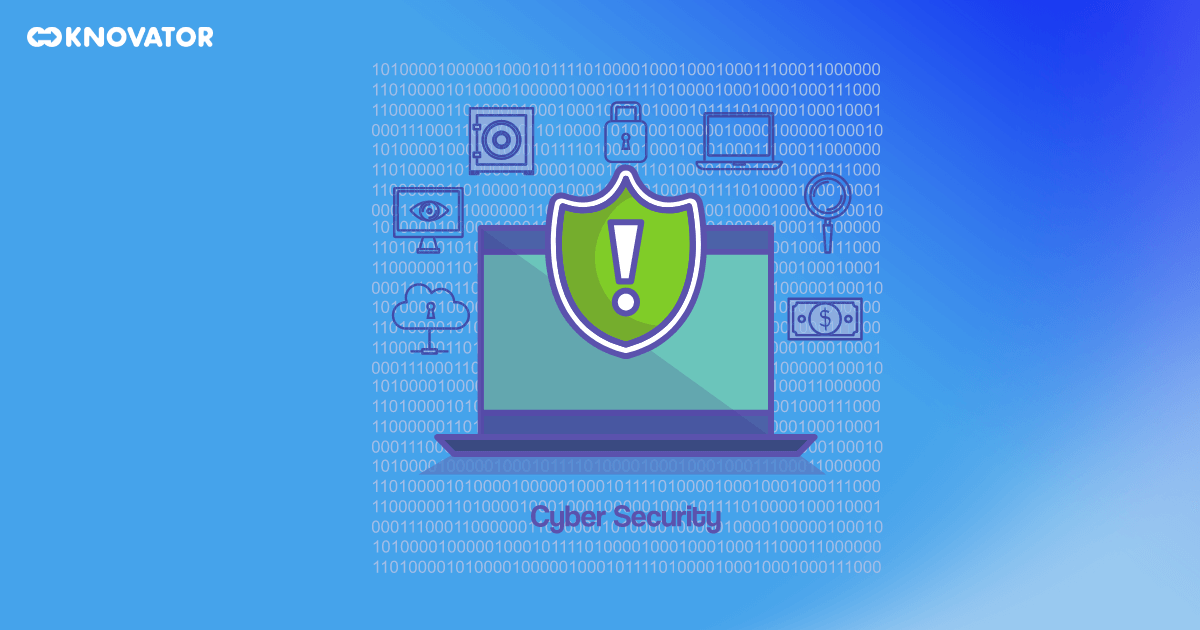 As we look towards the future, the Cybersecurity Act will continue evolving to address the changing cyber threat landscape. Cybersecurity is not a static field; it’s a dynamic and ever-changing challenge that requires adaptive and forward-thinking solutions. Let’s explore what the future might hold for the Cybersecurity Act.
As we look towards the future, the Cybersecurity Act will continue evolving to address the changing cyber threat landscape. Cybersecurity is not a static field; it’s a dynamic and ever-changing challenge that requires adaptive and forward-thinking solutions. Let’s explore what the future might hold for the Cybersecurity Act.
Potential amendments to the Act could include stricter requirements for certain sectors, enhanced data protection measures, and more robust incident response protocols. For instance, as cyber threats to critical infrastructure become increasingly sophisticated, the Act may be amended to include stricter cybersecurity requirements for energy, transportation, and healthcare sectors.
Future trends in cybersecurity legislation may also influence the Act. For instance, as artificial intelligence and machine learning become more prevalent, new laws may be needed to address their unique security challenges. Similarly, as more devices connect to the Internet, legislation may need to evolve to address the security challenges of the Internet of Things.
The Act will also need to adapt to the evolving nature of cyber threats. As cybercriminals become more sophisticated, the Act must stay one step ahead, providing the necessary defenses to protect our digital assets. This will require ongoing research, collaboration, and innovation in cybersecurity.
Societal attitudes toward cybersecurity will also influence the future of the Cybersecurity Act. As individuals become more aware of the importance of cybersecurity and more demanding of their data privacy, this could drive changes in the Act to reflect these societal values.
In the next and final section, we’ll examine real-world examples and case studies of the Cybersecurity Act. These examples will provide valuable insights into the Act’s impact and effectiveness, demonstrating its role in securing our digital landscape. Stay tuned!
Case Studies and Examples
 Real-world examples provide valuable insights into the Cybersecurity Act’s impact and effectiveness. These case studies demonstrate the Act’s role in securing our digital landscape and highlight the importance of compliance.
Real-world examples provide valuable insights into the Cybersecurity Act’s impact and effectiveness. These case studies demonstrate the Act’s role in securing our digital landscape and highlight the importance of compliance.
For instance, consider the implementation of the IoT Cybersecurity Improvement Act. This legislation has led to more secure IoT devices, reducing the risk of cyberattacks. A case in point is the federal government’s procurement process, which now requires IoT devices to meet certain cybersecurity standards. This has incentivized manufacturers to prioritize product security, leading to a broader market shift towards more secure IoT devices.
Similarly, the Healthcare Cybersecurity Act of 2022 has greatly impacted healthcare. With the increasing digitization of health records and the use of digital technologies in healthcare, health data security has become a critical concern. The Act provides a framework for protecting health data, ensuring this sensitive information’s availability, confidentiality, and integrity. As a result, patients can trust that their personal health information is being handled securely and responsibly.
Another example is the Strengthening American Cybersecurity Act of 2022. This legislation has bolstered the nation’s cyber defenses by setting out clear cybersecurity requirements for businesses and government agencies. By complying with these requirements, entities can protect their digital assets, build trust with their customers or constituents, and avoid the potentially devastating consequences of a cyber attack.
These case studies demonstrate the tangible impact of the Cybersecurity Act. They show how the Act has improved our digital security, fostered trust in digital systems, and promoted a culture of cybersecurity awareness. They also highlight the importance of compliance, showing how adherence to the Act’s requirements can protect digital assets, enhance reputation, and avoid penalties.
In conclusion, the Cybersecurity Act is a vital piece of legislation that plays a pivotal role in our digital security. While it faces challenges and criticisms, its benefits and impact are undeniable. As we navigate the digital frontier, the Act will continue to guide us, providing a framework for a safer, more secure digital world.

